Azoic Diazo Component 1
Synonym(s):2-Nitro-p-anisidine;4-Amino-3-nitroanisole
- CAS NO.:96-96-8
- Empirical Formula: C7H8N2O3
- Molecular Weight: 168.15
- MDL number: MFCD00007152
- EINECS: 202-547-2
- SAFETY DATA SHEET (SDS)
- Update Date: 2024-12-18 14:08:57
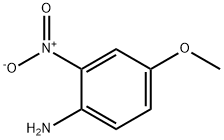
What is Azoic Diazo Component 1?
Chemical properties
orange crystalline powder
The Uses of Azoic Diazo Component 1
Toxic to some wild and domestic birds and mice. Molluscicidal activity
The Uses of Azoic Diazo Component 1
4-Methoxy-2-nitroaniline is an aniline compound used in the synthesis of dyes and pigments. It has also been shown to act as a molluscicidal agent and has been used in hemolytic anemia studies. Also used as an intermediate for the synthesis of dyes, pigments and other chemical compounds.
What are the applications of Application
4-Methoxy-2-nitroaniline is an aniline compound for dye synthesis
Definition
ChEBI: A substituted aniline that is 3-nitroanisole in which the hydrogen para to the methoxy group is replaced by an amino group.
Properties of Azoic Diazo Component 1
| Melting point: | 123-126 °C(lit.) |
| Boiling point: | 337.07°C (rough estimate) |
| Density | 1.2089 (estimate) |
| vapor pressure | 0.022-0.022Pa at 25℃ |
| refractive index | 1.6010 (estimate) |
| solubility | Chloroform (Slightly), DMSO (Slightly), Methanol (Slightly) |
| pka | 0.96±0.10(Predicted) |
| form | Solid |
| Water Solubility | slightly soluble |
| BRN | 880318 |
| CAS DataBase Reference | 96-96-8(CAS DataBase Reference) |
| NIST Chemistry Reference | Benzenamine, 4-methoxy-2-nitro-(96-96-8) |
| EPA Substance Registry System | 4-Methoxy-2-nitroaniline (96-96-8) |
Safety information for Azoic Diazo Component 1
| Signal word | Danger |
| Pictogram(s) |
 Skull and Crossbones Acute Toxicity GHS06  Health Hazard GHS08 |
| GHS Hazard Statements |
H300:Acute toxicity,oral H310:Acute toxicity,dermal H330:Acute toxicity,inhalation H373:Specific target organ toxicity, repeated exposure H402:Hazardous to the aquatic environment, acute hazard H412:Hazardous to the aquatic environment, long-term hazard |
| Precautionary Statement Codes |
P320:Specific treatment is urgent (see … on this label). P330:Rinse mouth. P304+P340:IF INHALED: Remove victim to fresh air and Keep at rest in a position comfortable for breathing. P405:Store locked up. |
Computed Descriptors for Azoic Diazo Component 1
Azoic Diazo Component 1 manufacturer
ASM Organics
Andhra Pradesh
Phone:91-9866122393
Whatsapp: 91-9866122393
product: 4-Methoxy-2-nitroaniline
New Products
3-(hexyloxy)-4-(pyridin-3-yl)-1,2,5-thiadiazole 3-Pyridineacetonitrile, α-hydroxy- 2-Propanamine, 1-chloro-, hydrochloride (9CI) 3-Iodophenylacetic acid Cyclohexane, (2-propynyloxy)- (S)-1-Boc-3-methanesulfonyloxy-pyrrolidine Pivalic anhydride,98% Phenylmethanesulfonyl fluoride, 98% Glyoxylic acid solution, 50% in water tert-Butyl glycinate,97% 4-Ethoxybenzoic acid, 99% Sodium 1-octanesulfonate monohydrate 7-Ethyl Tryptophol 2-AMINO-3,5-DIBROMO BENZALDEHYDE [ADBA] L-Glutamic Acid Dimethyl Ester Hcl N, N-Carbonyldiimidazole (CDI) 5-Cyanophthalide 10-Methoxy-5H-dibenz[b,f]azepine 3-Methoxybenzonitrile Dibenzoyl Peroxide 4-Methoxybenzonitrile Titanium Dioxide Chloral PentachlorobenzonitrileRelated products of tetrahydrofuran




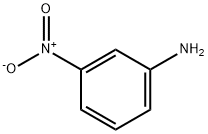


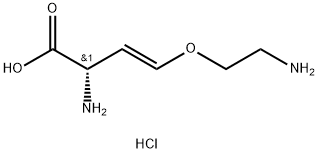
You may like
-
 2-Nitro-4-methoxyaniline, 99% CAS 96-96-8View Details
2-Nitro-4-methoxyaniline, 99% CAS 96-96-8View Details
96-96-8 -
 Avibactam INT 1View Details
Avibactam INT 1View Details
1416134-48-9 -
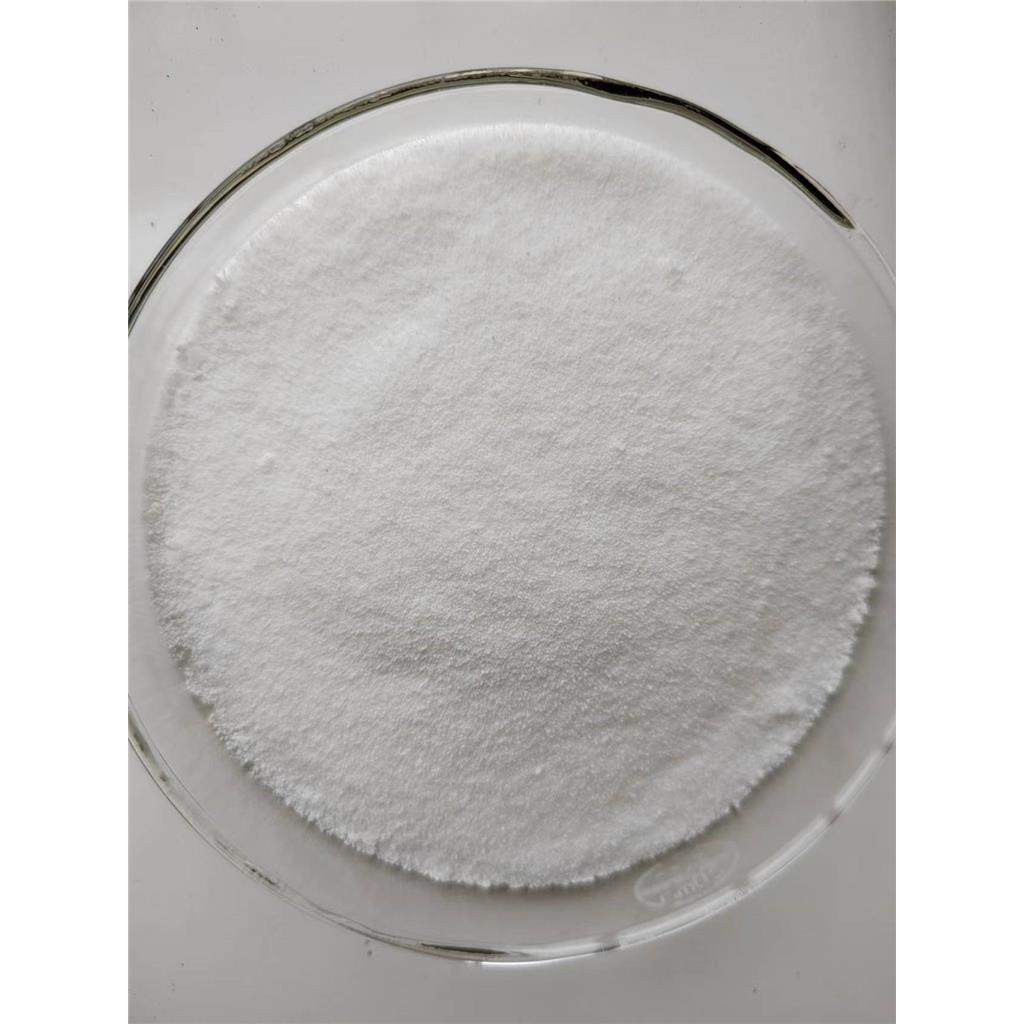 AvibactamView Details
AvibactamView Details
1416134-49-0 -
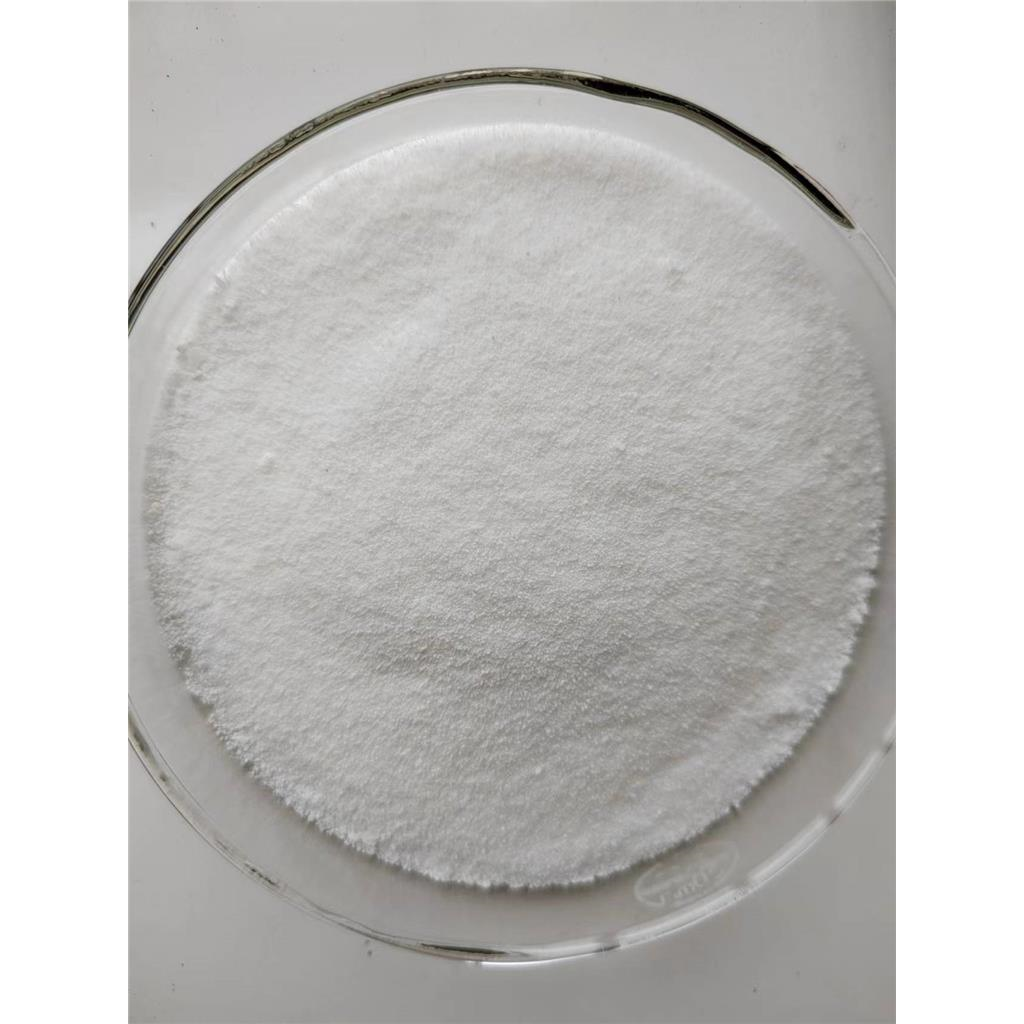 Avibactam sodium seriesView Details
Avibactam sodium seriesView Details
1192651-49-2 -
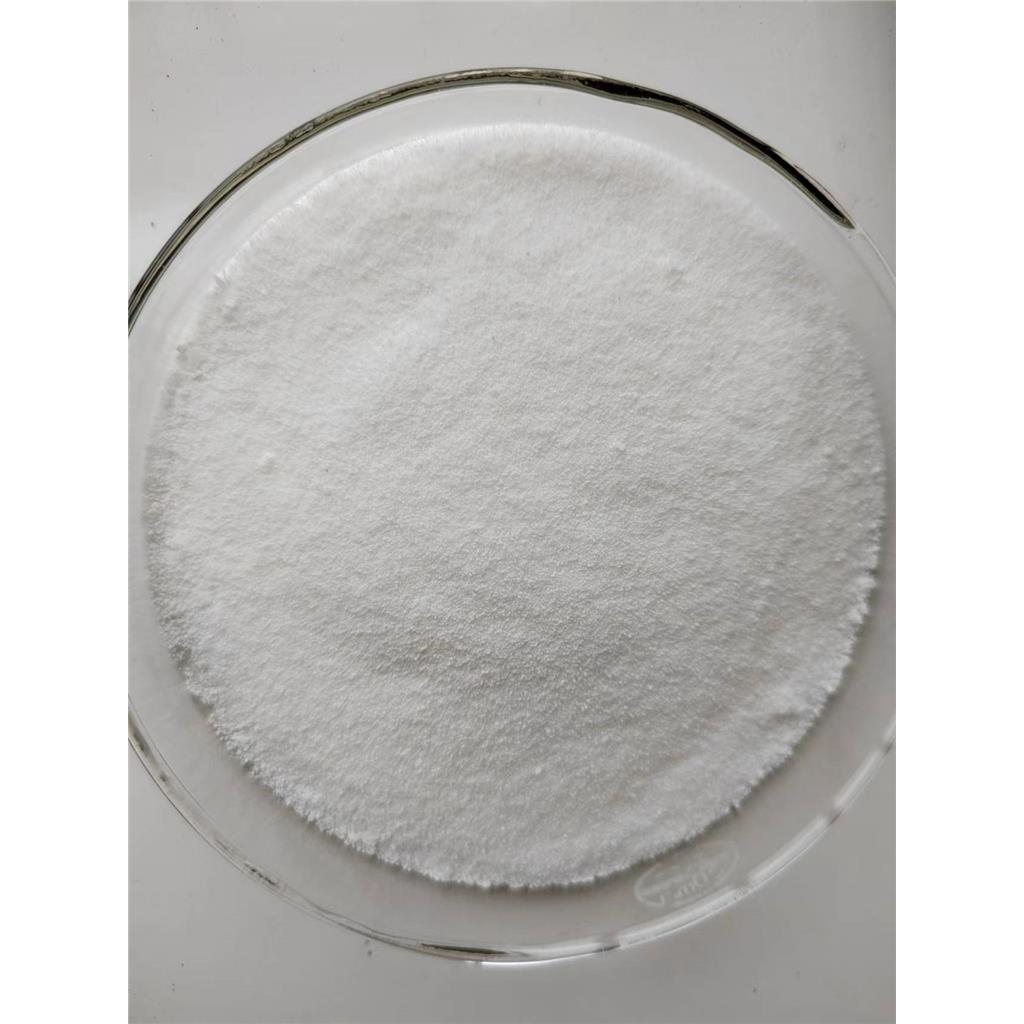 Avibactam seriesView Details
Avibactam seriesView Details
1192651-80-1 -
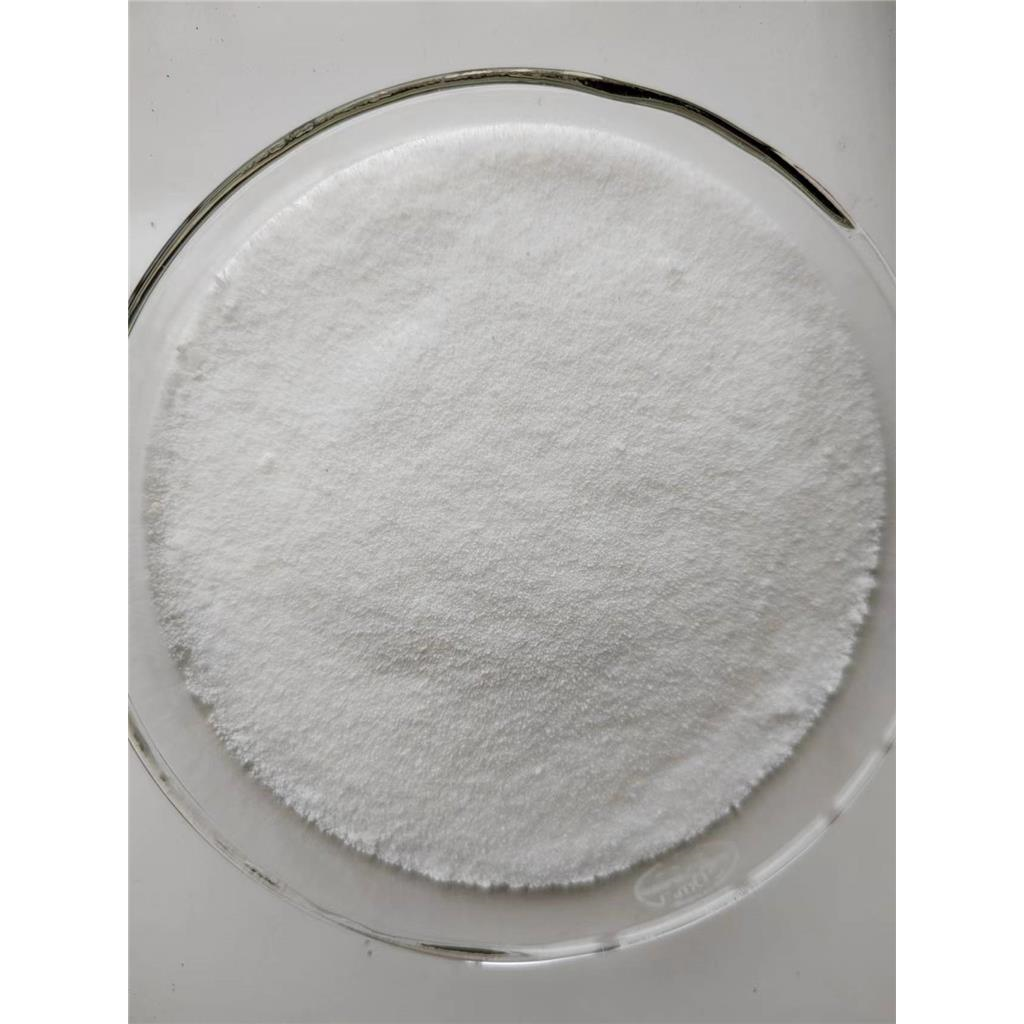 Avibactam Sodium SaltView Details
Avibactam Sodium SaltView Details
1192491-61-4 -
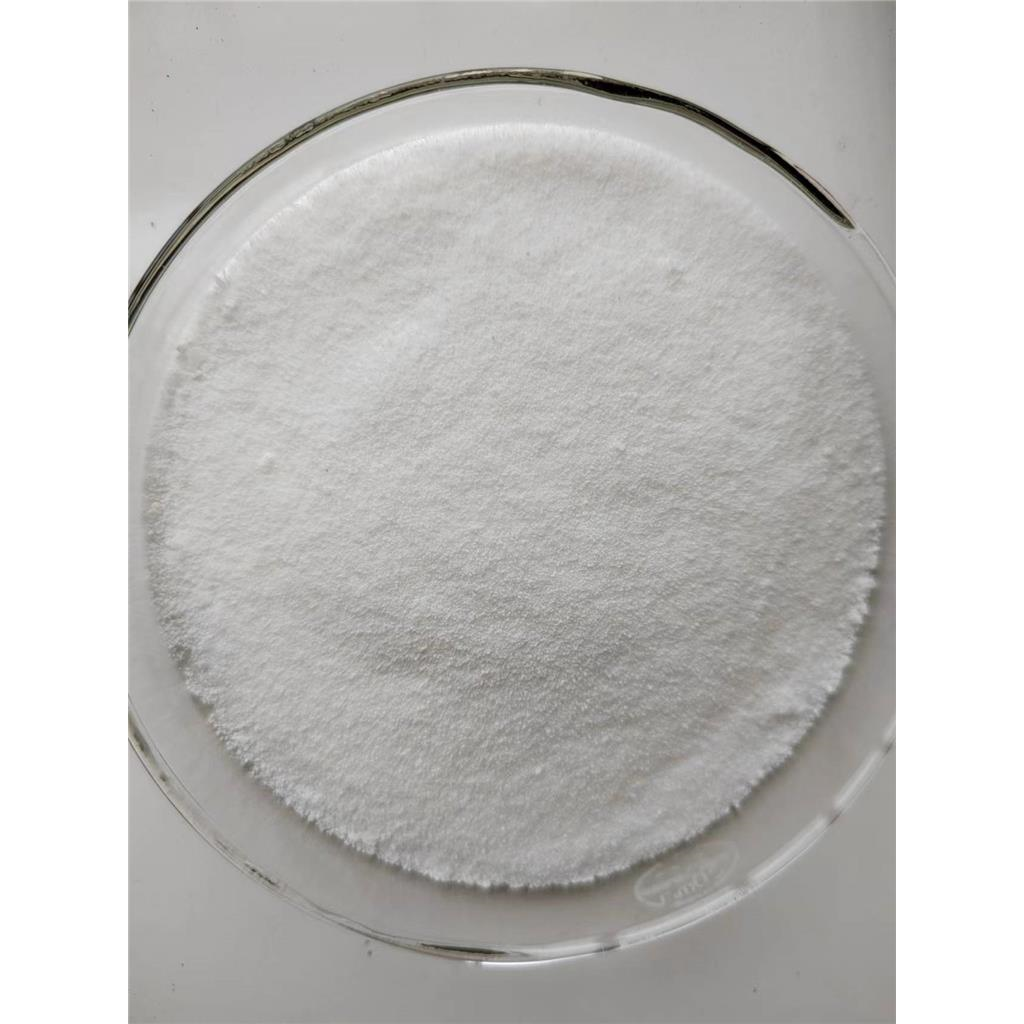 Avibactam intermediateView Details
Avibactam intermediateView Details
1171080-45-7 -
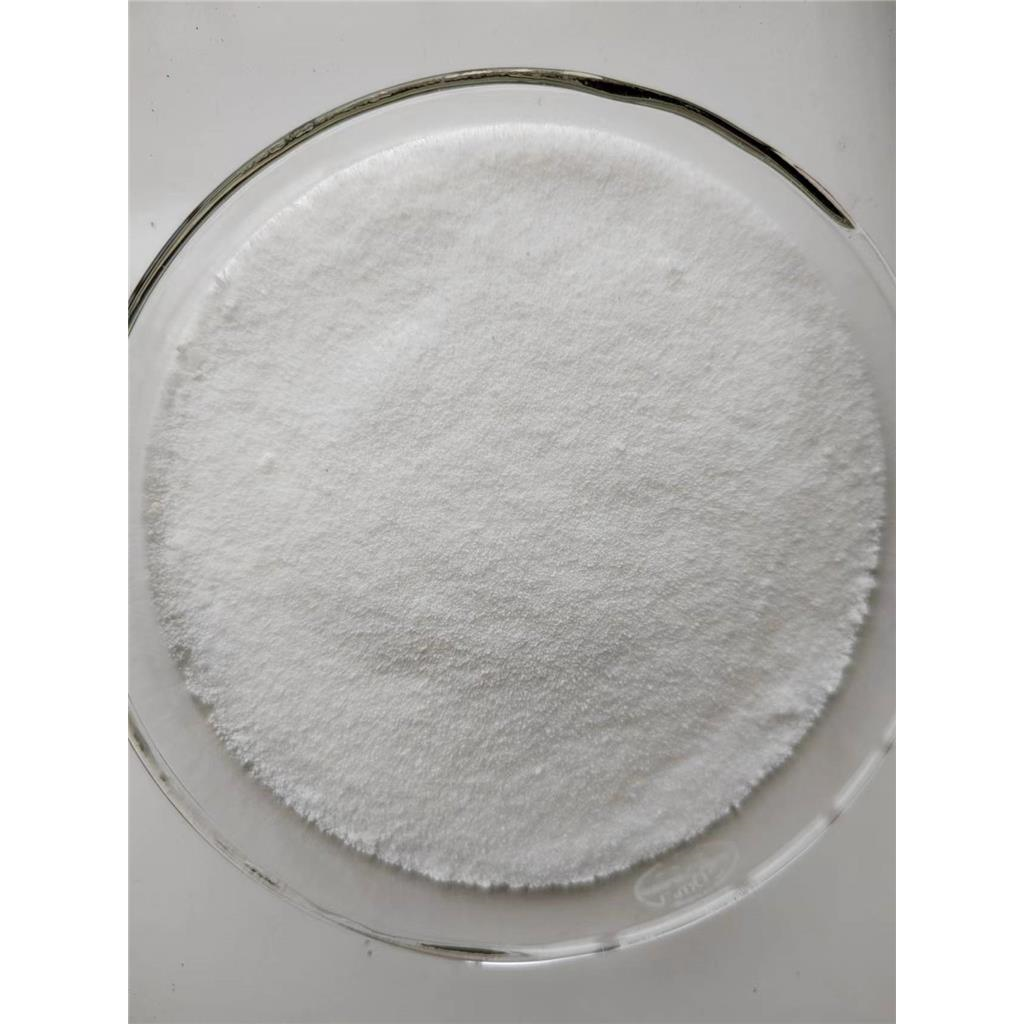 Relibatan intermediateView Details
Relibatan intermediateView Details
1416134-63-8
Statement: All products displayed on this website are only used for non medical purposes such as industrial applications or scientific research, and cannot be used for clinical diagnosis or treatment of humans or animals. They are not medicinal or edible.
